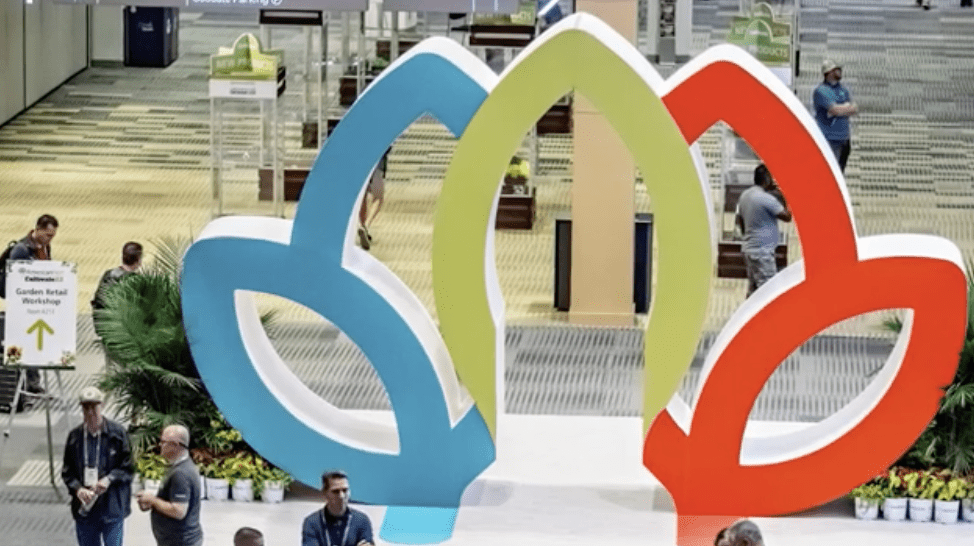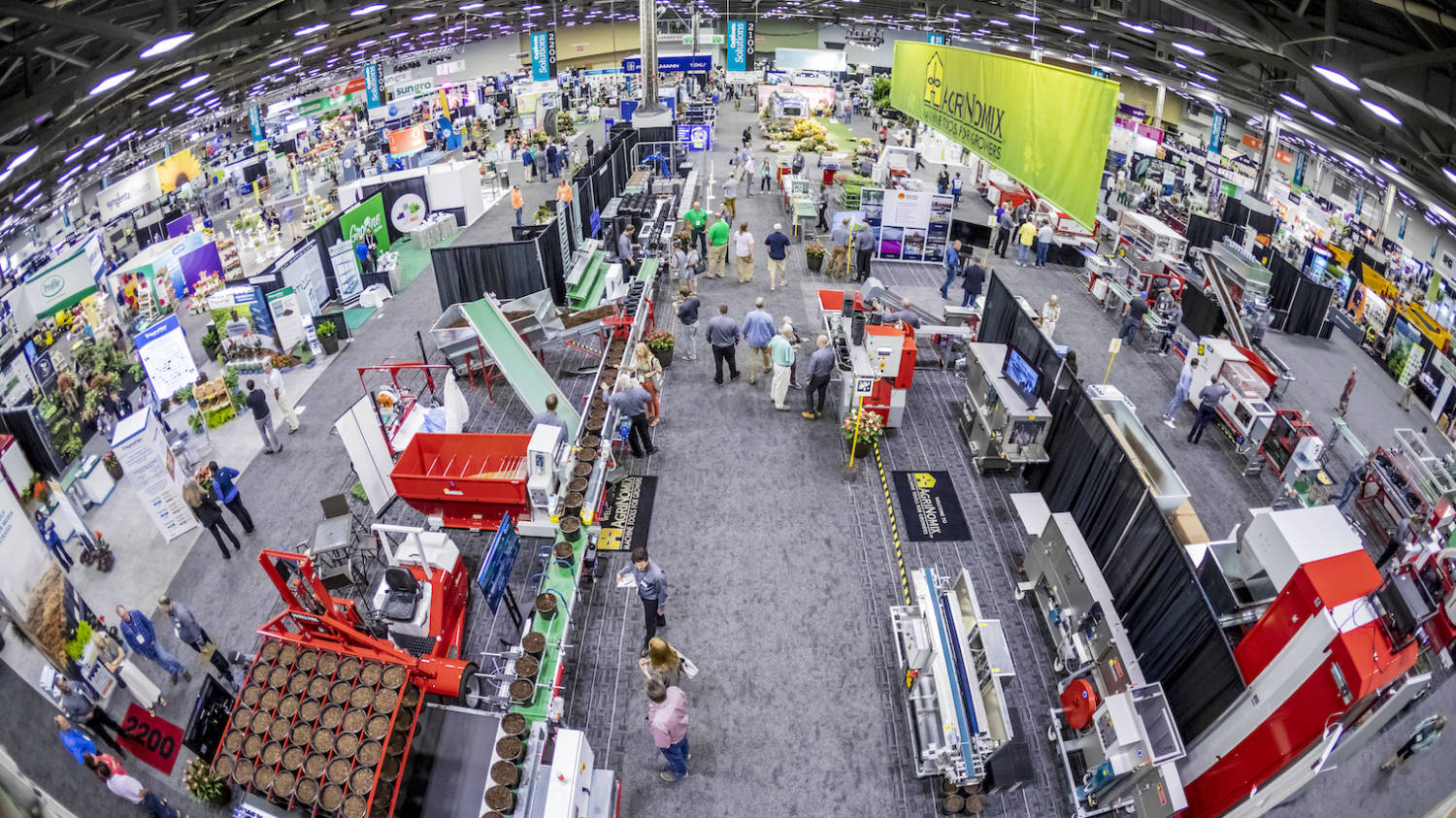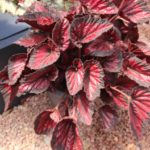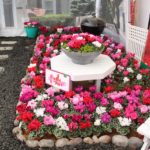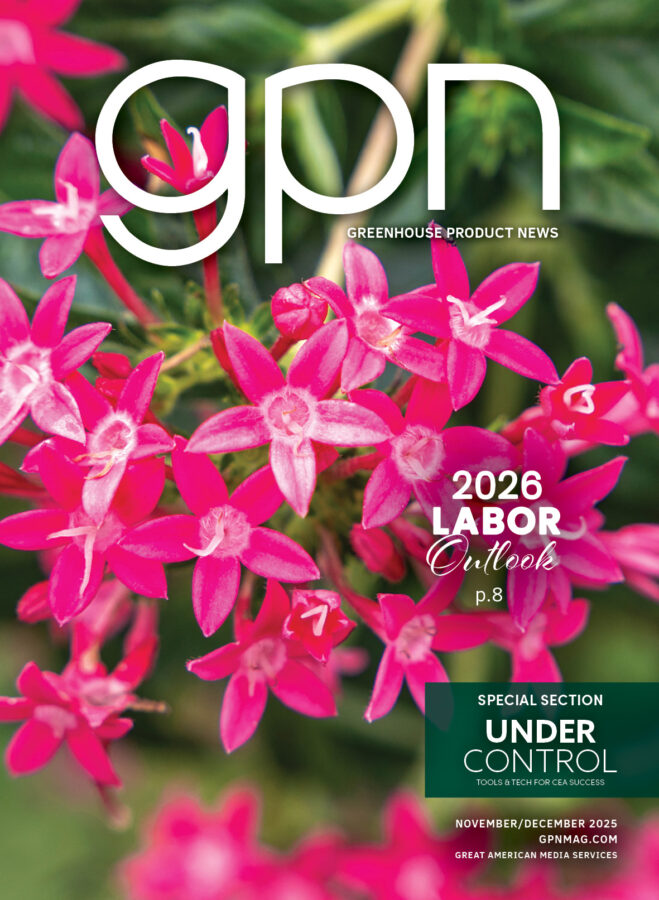
Illuminating the future: Dynamic LED technology
Until recently, greenhouse lighting consisted mostly of high-intensity discharge lamps (HID), such as metal halide and high-pressure sodium (HPS) bulbs. These fixtures allowed growers to grow vegetable crops in the winter, reduce crop cycle times and diversify production. For example, vegetable growers have increased their yields by 150-200% for cucumbers, 15-20% for tomatoes and 10-20% for bell peppers.
The greenhouse industry is widely transitioning to LED lighting to improve energy efficiency and respond to the growing body of research on the effects of different wavelengths, photoperiod and light intensity on various crops. With this transition comes the question of which light spectrum to select, which intensity to install at and how to use the light fixtures for a given crop.
When considering fixed, nondynamic LED solutions, growers really need to hit the nail on the head for all these questions as these fixtures will stay with them for the next ten to fifteen years — it’s a pretty big risk, when you think about it. However, these risks are avoidable by selecting a dynamic LED lighting solution which offers greenhouse growers more flexibility than ever.

At Sollum Technologies, our approach is centered on four main criteria: adjustable output intensity, real-time dimming, spectral tunability and multi-zone capabilities. These four criteria, coupled with the integration of various sensor technologies, provide greenhouse growers with unparalleled control over their lighting and their crop. Let’s take a deep dive into the advanced technology beyond dynamic LED lighting.
ADJUSTABLE OUTPUT INTENSITY FOR PEAK SHAVING
When planning a lighting installation, we prepare a light plan to determine the number of lights needed to meet a crop’s requirement during the darkest period of the year (when supplemental lighting is most needed). That said, growers may not always need to use their lights at full capacity.
From Sollum’s SUN as a Service (“SUNaaS”) platform, growers can easily adjust the maximum output from their fixtures on a very granular level, with growers entering the maximum output in terms of either a percentage or PPFD value in micromoles per square meter per second (umol/m2/s). This precision capability is especially helpful during shoulder months and in regions where utilities include a demand charge, which is based on the highest consumption of the month and multiplied by the number of days in the month.
For example, some growers begin lighting crops shortly after planting in September to boost productivity. However, natural light levels are still high in September, so paying a high demand charge based on one dark day simply doesn’t make sense. Adjusting the output intensity in shoulder months with relatively high natural light levels allows growers to peak shave and reduce their utility bill.
Outside of the electrical bill, adjusting the output intensity is critical to matching the light levels to the crop’s stage of development, with younger plants typically requiring less light at first and then higher light levels as they grow. We often see growers starting their lights at 50% intensity, then increasing gradually over the course of one to two weeks to give the crop time to adapt to the additional light.
DIMMING IN RESPONSE TO REAL-TIME LIGHT LEVELS
With real-time dimming, the objective is to have a uniform light level at the head of the crop. Otherwise, the crop often experiences drastic changes in light intensity as fixtures turn off either completely or in a stepwise manner.
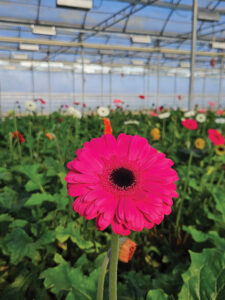
Without real-time dimming, the light sensors in the greenhouse would read a high value and shut off some or all the fixtures at once. Alternatively, an increasingly cloudy day would see the light levels jump up when the natural light levels drop below a critical point. Operationally, this means the fixtures are turning on and off more frequently, which carries a certain strain on the system.
Cropwise, the plants’ photosynthetic apparatus oscillates between unsaturated and oversaturated, which can cause plant stress and damage. With real-time dimming, it isn’t about turning lights on and off but about targeting the best light level at the head of the crop and adjusting accordingly.
SPECTRAL TUNING FOR ADVANCED MORPHOLOGY AND QUALITY CONTROL
More studies are showing light spectrum’s importance and specificity to the crop and varieties, ultimately leading more growers to seek a system that allows them to adjust the light spectrum according to the stage of development, crop type, morphology and quality objectives.
With dynamic LED lighting, growers can program a light recipe to apply far red light during certain times of the day, to have end-of-day (EOD) treatments to impact the crop’s chemical profile, and to adjust the spectrum completely in the event of a crop change. With every new study pointing to the nuance of the light spectrum, it is making less and less sense to install a system with a fixed, narrowband spectrum.
Following the installation of a LED solution, Sollum typically adds three to four preset light recipes to the grower’s SUNaaS account to get growers started. With regular production follow-ups, we also work with them to finetune the recipes, add to the list and build their dynamic LED playbook.
ZONING HOW YOU WANT, WHEN YOU WANT
Greenhouses typically have multiple varieties, if not also multiple crops. If the lighting solution doesn’t offer multi-zoning capabilities, then none of the above criteria matter as the “best case” lighting parameters will need to be applied to the entire greenhouse.
By creating zones as a software layer, Sollum’s SUNaaS cloud platform enables growers to expand their view of zones beyond breakers and electrical layouts. Creating and modifying zones is as simple as dragging to select the fixtures and create the zone, then naming the new zone. Simple as that. Each zone can be adjusted individually, with different light recipes, dimming parameters and photoperiods per zone.
The greenhouse industry is constantly in flux, so growers deserve a dynamic lighting system that can keep up with these changes and be futureproof. A greenhouse may grow tomatoes this year, strawberries next year and cucumbers after that. Greenhouse systems need to accommodate this flexibility.
Dynamic LED lighting brings unparalleled control and efficiency to greenhouses, empowering growers to optimize their operations for better yield, quality and sustainability.









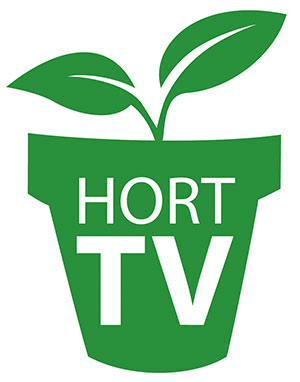 Video Library
Video Library 